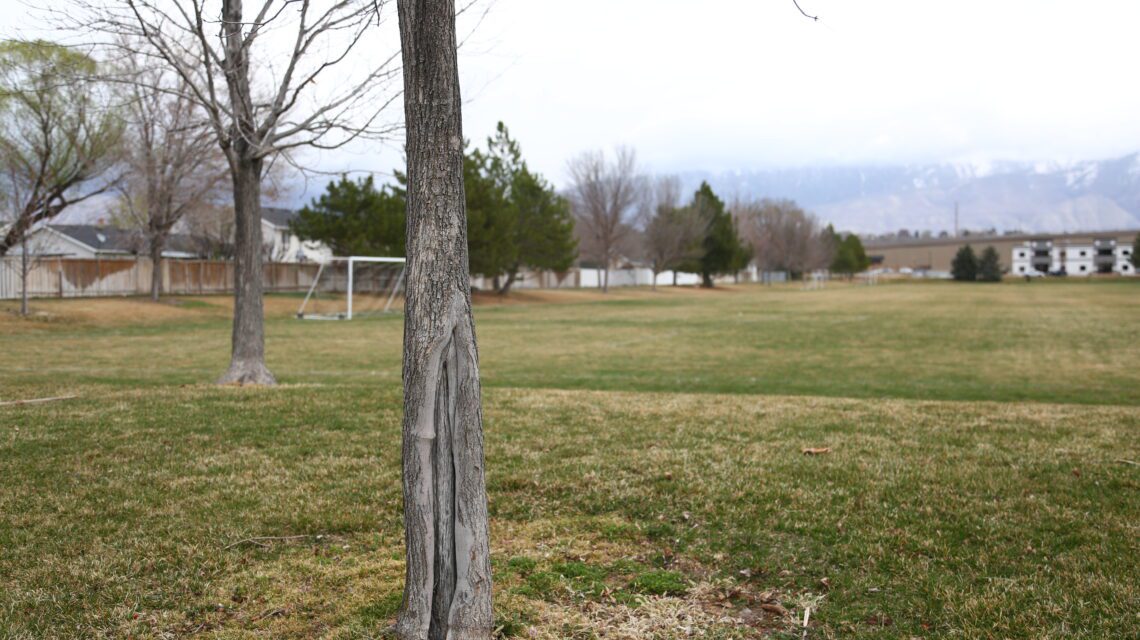Before planting trees in your yard, make sure you understand how to protect your tree from preventable, physical problems. Physical damage to your trees can be more detrimental than other types of damage because open wounds are prime targets for pest infestations and diseases.
Healthy trees can usually fight off attacks from insects and diseases, but trees weakened by incorrect watering practices, machine damage, or other physical issues are at a greater risk of dying from pests or diseases. Read on to learn how to protect your tree from common problems.
Sunscald (Southwest Winter Damage)
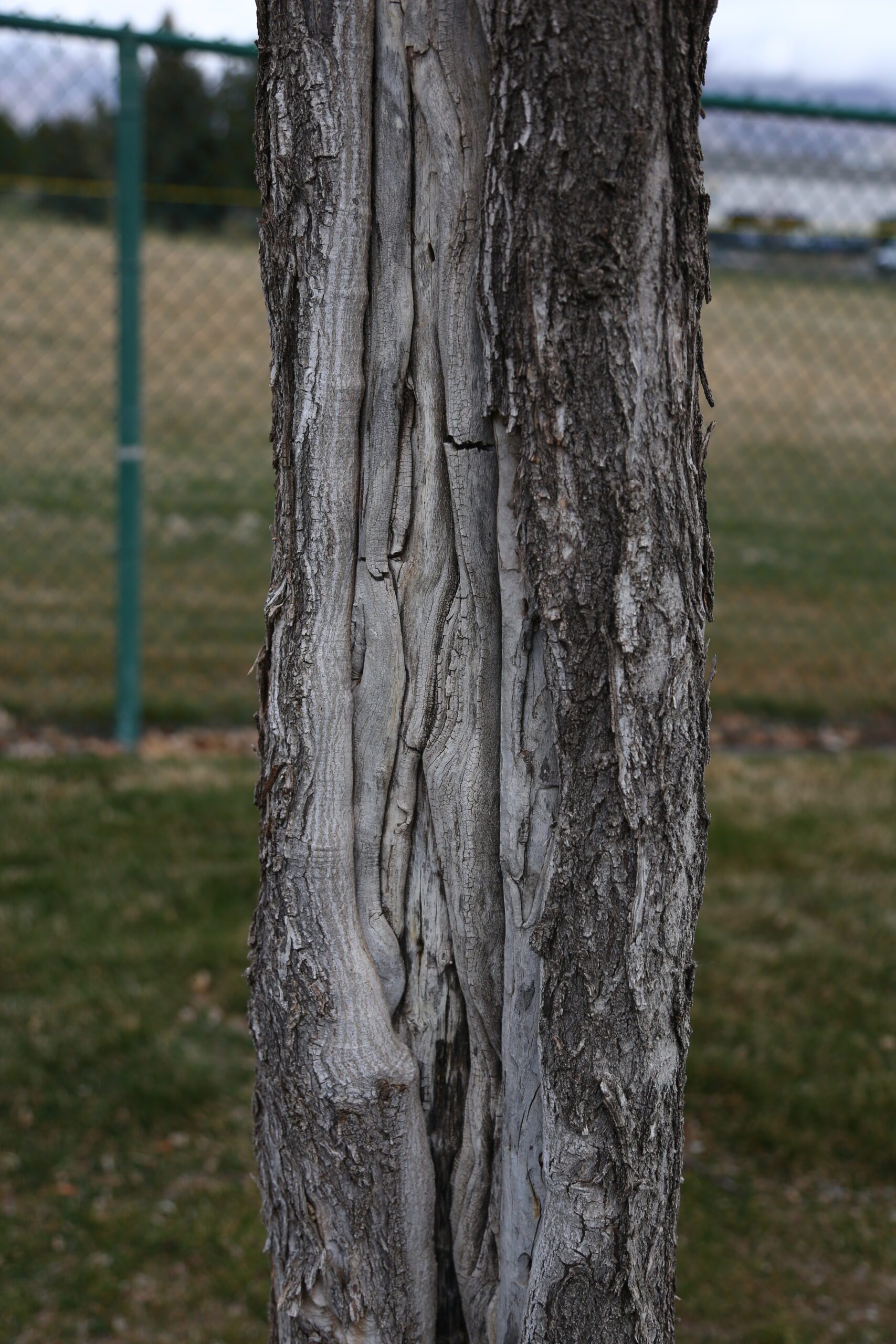

When temperatures fluctuate between warm and cold in winter, young, weak trees are susceptible to sunscald. Sunscald causes the bark on the trunk to split. This happens when warm weather heats winter-dormant cells in the tree, causing them to come out of dormancy while the weather is still inconsistent. As a result, the bark splits when the temperatures reach freezing again at night.
To help prevent sunscald, you can try painting the trunk with white latex paint to reflect the light away. This should help prevent the bark from becoming too warm on sunny days, which will allow the tree to stay dormant during winter. However, you should avoid doing this if your tree has damaged bark because the paint could cause additional damage.
Check out our video for more information:
Surface Damage from Machinery
Machines like lawnmowers and aerators can cause serious damage to tree trunks (especially trees with soft bark), so be careful around your trees when you use any type of machinery in your yard.
In addition, heavy equipment used for renovations and excavation can cause soil compaction near your tree’s root system. This can create problems for your trees in the future. Fortunately, healthy trees can usually adapt to imperfect soil conditions, but this is still something to avoid if possible.
Watering Damage
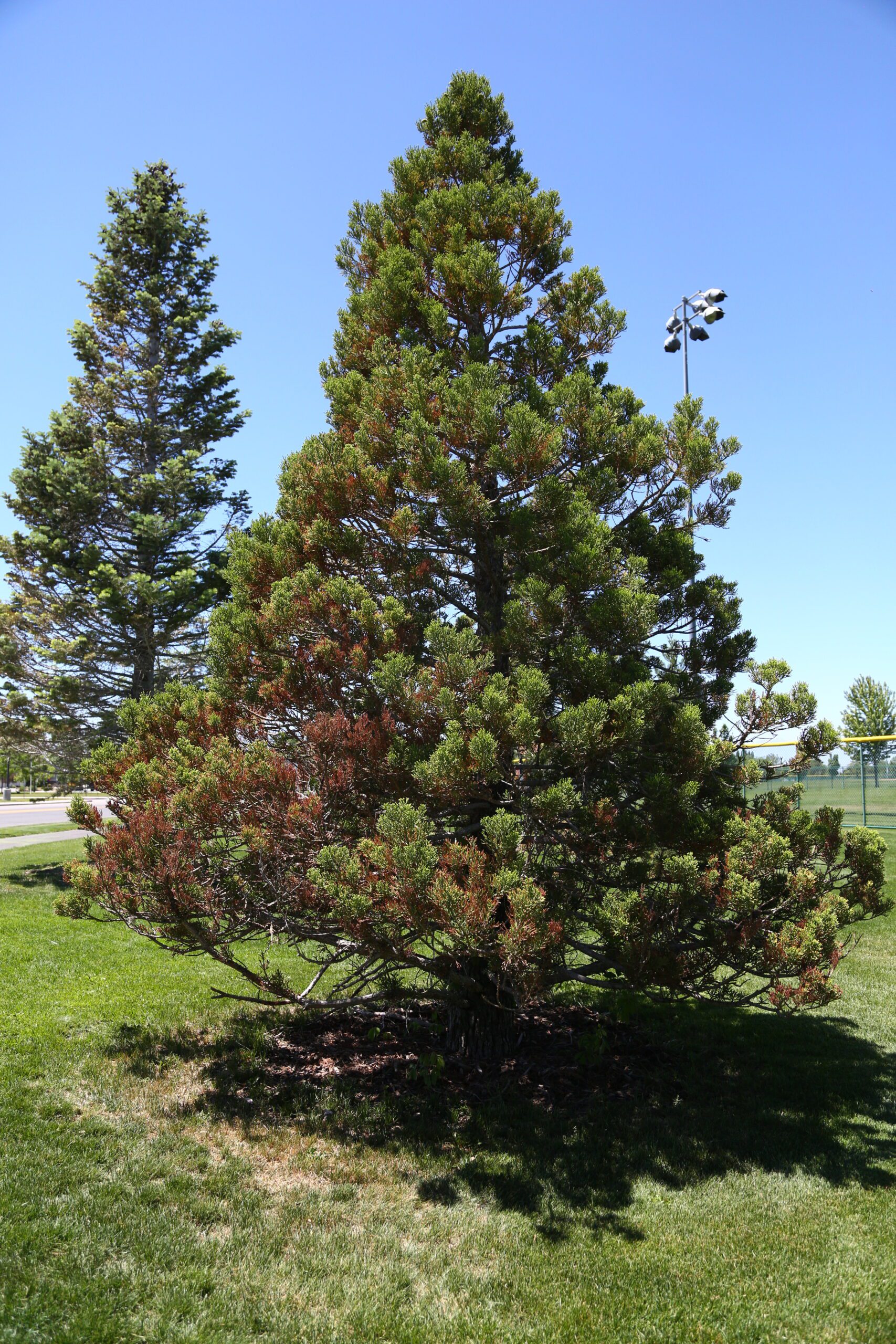

As with any plant, both overwatering and underwatering can be equally detrimental to a tree. If you over-water, the roots won’t get the oxygen they need from the soil. Conversely, underwatering will cause drought stress and result in a less stable root system.
To properly water your tree, soak it well so the water can penetrate deeply into the soil, but avoid watering too often. Occasional, deep watering sessions following the tree’s drip line are best. You can determine if your tree needs water by checking the soil moisture a few inches below the surface. If the soil is dry, your tree needs water.
Summer Leaf Scorch
Summer scorch causes leaf (or needle) edges to turn brown. This usually happens when increased summer temperatures dry out the leaves.
The best way to prevent summer scorch damage is to water deeply throughout the summer:
- Place your hose on the ground at the tree’s dripline (the dripline is where the leaf canopy ends).
- Let the water soak into the soil for several minutes.
- Move the hose every three feet along the dripline and leave it for a few minutes at each location.
This should give the tree plenty of moisture to help it through extreme temperatures.
Damage from Road Salt
When people put salt on the roads in winter to help melt the snow, sometimes high quantities of it can end up in the soil near trees. This causes damage that looks similar to summer leaf scorch, and it can kill the tree over time. If your tree begins to show signs of salt damage, water it well to make up for the moisture loss from the salt in the soil.
Damage from Tree Wraps
Sometimes people wrap their trees to protect them from the elements. However, this can do more harm than good to your tree. Tree wraps can block out moisture and weaken the tree, causing more problems with insects and disease. Protective tree wraps can also hinder growth and damage bark layers—causing extensive damage that can kill the tree. If you choose to wrap your tree during winter to protect it from sunscald, make sure you remove the wrap in spring as soon as the snow melts.
Circling/Girdling Roots
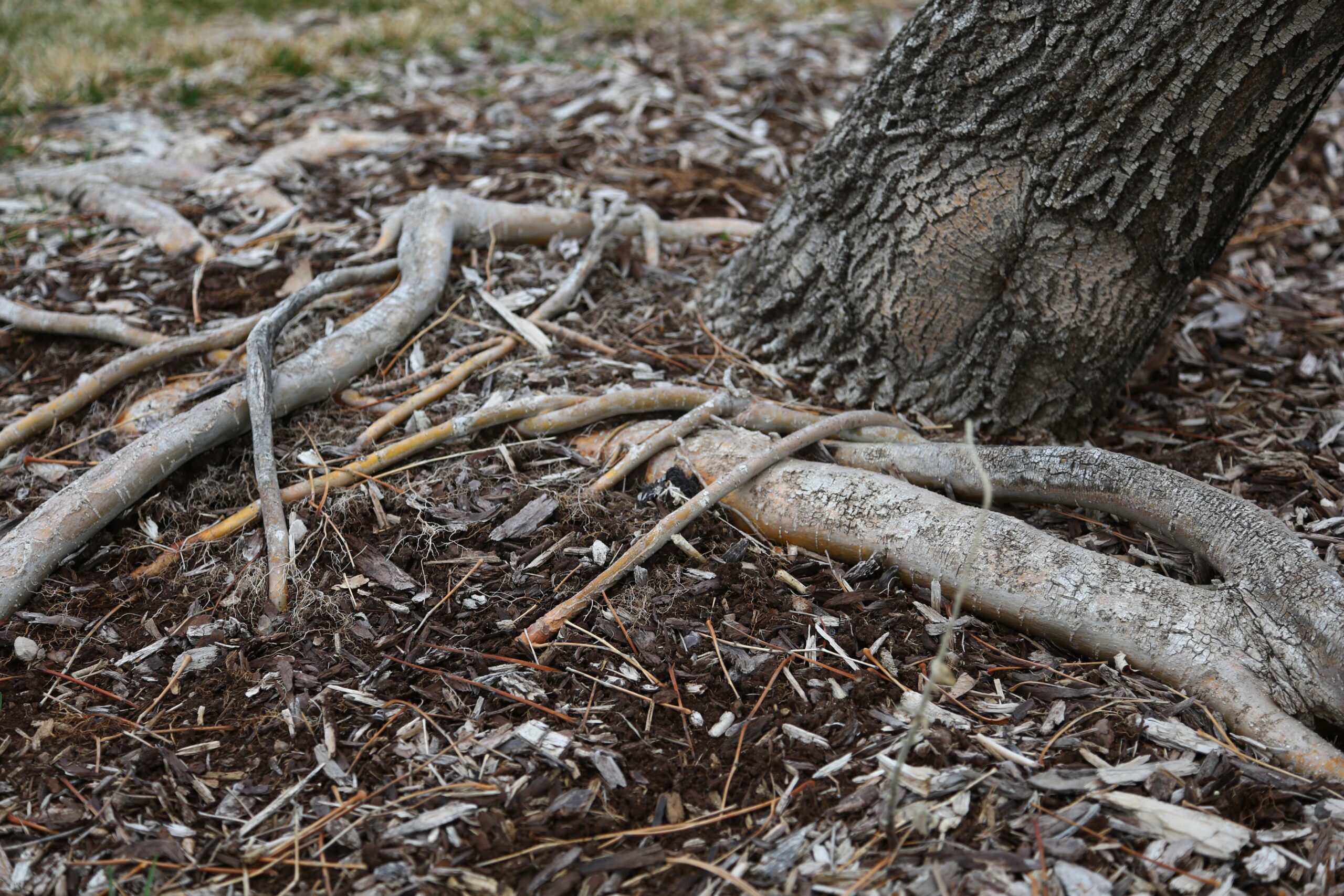

If trees are planted too deeply in the soil, girdling roots may grow tightly around the base of the tree in order to breathe. This prevents the tree from taking in vital water and nutrients from the root system and can suffocate a tree over time.
Girdling roots can also develop if a root-bound tree is transplanted straight from the container. When young trees spend an extended period in a pot before being transplanted, their roots try to grow as much as possible, but confined to the pot, they can only wrap around themselves.
So, when transplanting, be sure to break up the roots (you may have to cut some of them) before planting the tree. This will help prevent your tree from developing girdling roots.
Iron Chlorosis
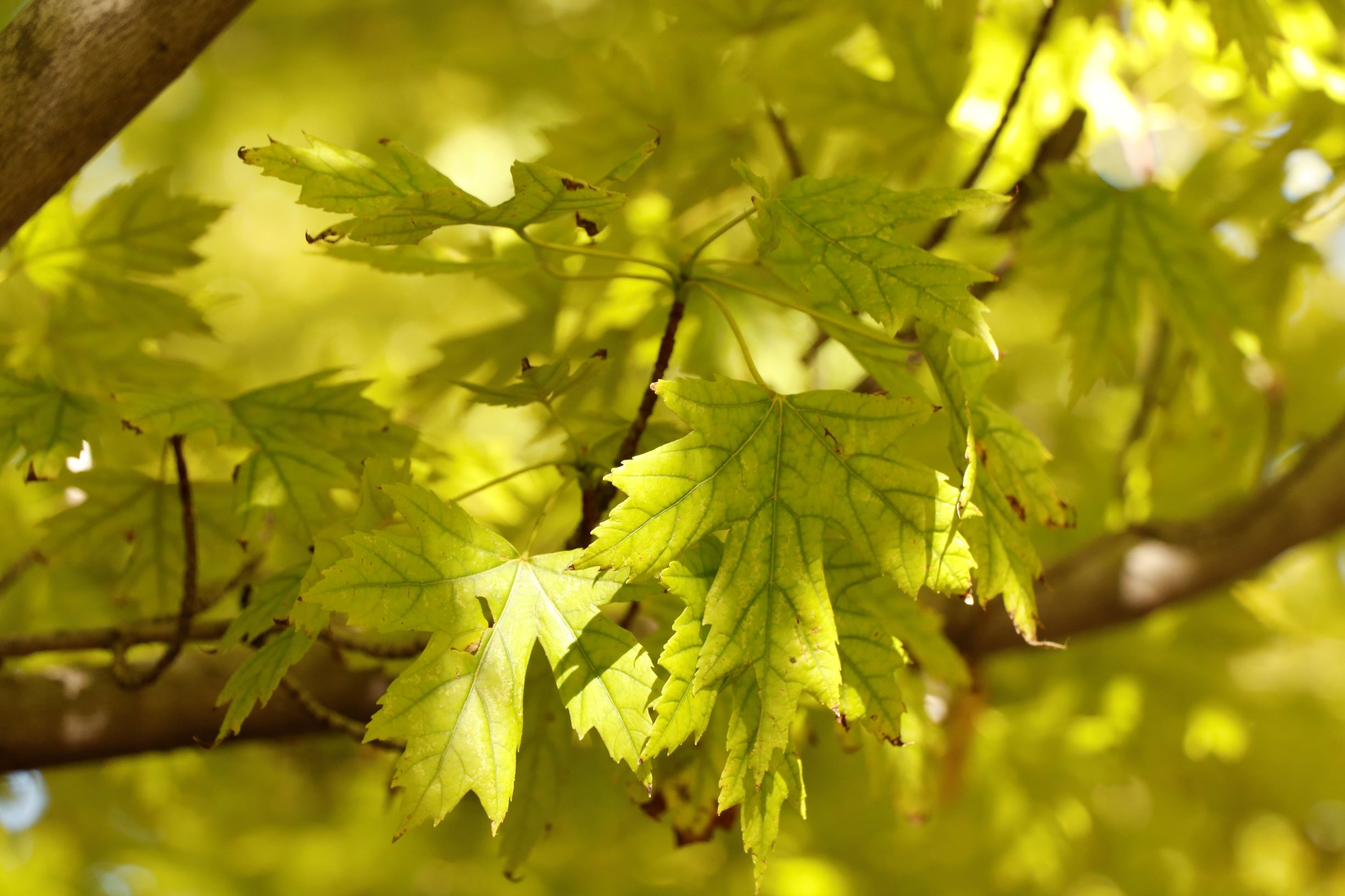

Iron chlorosis causes leaves to turn yellow and die in the summer, months before they normally would. What’s worse is that years of severe iron chlorosis damage can eventually kill the tree. Iron chlorosis is especially common in maple trees in Utah because the iron in our soil is too difficult for the trees to soak up. Chelated iron (a form of iron that trees can intake more easily) injections are usually needed to help trees recover from iron chlorosis.
Stewart’s Tree Service offers treatments for iron chlorosis. If your trees are struggling, call or text our office at 801-226-2261 to talk with one of our ISA-certified arborists and get a free tree service quote!



